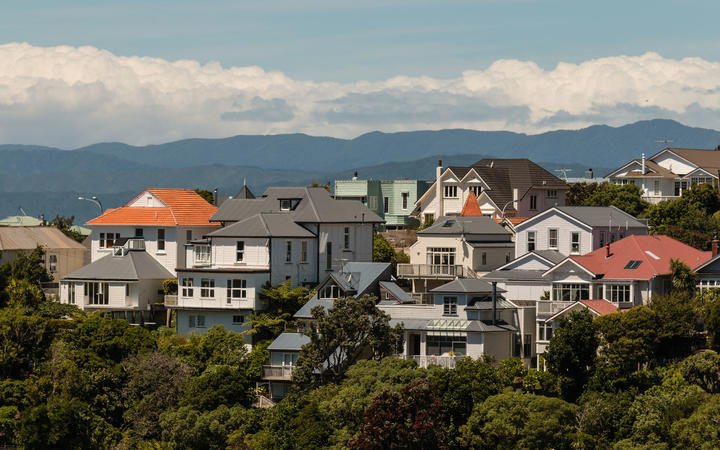The New Zealand property market has witnessed another exciting year, with the CoreLogic Buyer Classification series showing a shift in market share dynamics through 2021. In the first quarter, mortgaged investors bumped up near a 30% share of property acquisitions amid a short easing from lending restrictions. But once the 40% deposit rule stepped in, that number has dropped back to closer to 25%.
Meanwhile, first home buyers (FHB) have been more than happy to ‘bridge the gap’, with FHBs’ market share assisted along by variables such as KiwiSaver withdrawals and a readiness to look at cheaper homes, either townhouse/units or houses further from the city.
Although, house ownership remained even less achievable for FHB in November, as prices at the lower end of the housing market continued to soar farther out of reach for young individuals on average pay rates.
In fact, home ownership is presently the most expensive it has been since interest.co.nz started producing its Home Loan Affordability Reports in January 2004.
The root of the issue is that house prices are continuing to climb at a larger pace than wages, and that challenge is now getting so serious that it is progressively putting home ownership out of reach for those not only on low wages, but on median wages as well.
In Auckland the lower quartile price maintained its rise towards the million-dollar level, climbing from $930,000 in October to $970,000 in November, a $40,000 gain in a month.
For FHB’s acquiring a house loan with less than a 20% deposit will remain tough but not impossible, with the Reserve Bank limiting high-LVR loans to 10% of all new lending to owner-occupiers.
The good news is, for those who avoid debt / spending and maximise savings, the housing market is likely to be a lot less fierce. For disciplined savers, open houses will be quieter and the prospects of acquiring the property at a fair price will be substantially greater than in the last several years.
For investors wanting to acquire an existing property, the lending landscape is much tougher: the deposit barrier is 40%, and high-LVR loans are limited to 5% of a bank’s new lending to investors. The criteria for both buyer groups, meanwhile, are lower if they are buying new builds.
In CoreLogic’s latest assessment it is also feasible that in the near future, some investors may seek to crystallise their earlier capital gains and list properties. More variety for buyers equals lower pressure on property prices.
Chief Property Economist Kelvin Davidson says, “It might take a while for vendors to respond to changed conditions, and some might pull their listing rather than accept a lower price than they were hoping for. However, that dynamic can only prevail for a finite period, and eventually 2022 looks set to tip towards a ‘buyer’s market’. – by Ravi Mehta from Professional Financial Solutions




